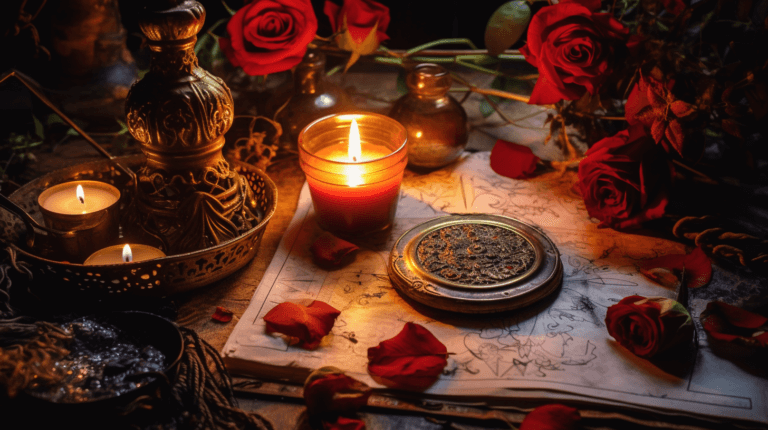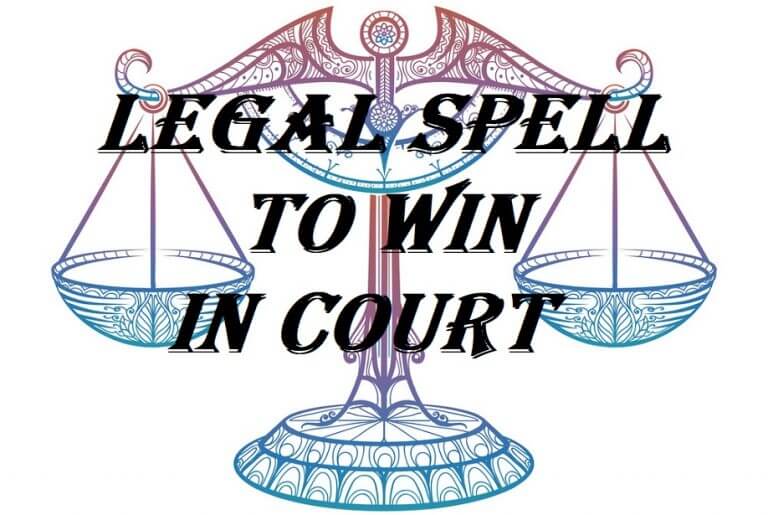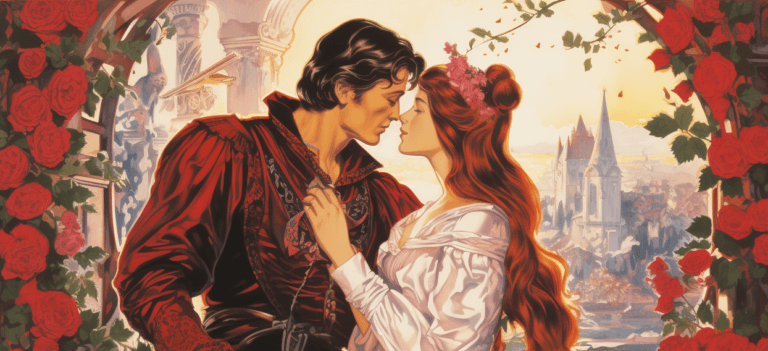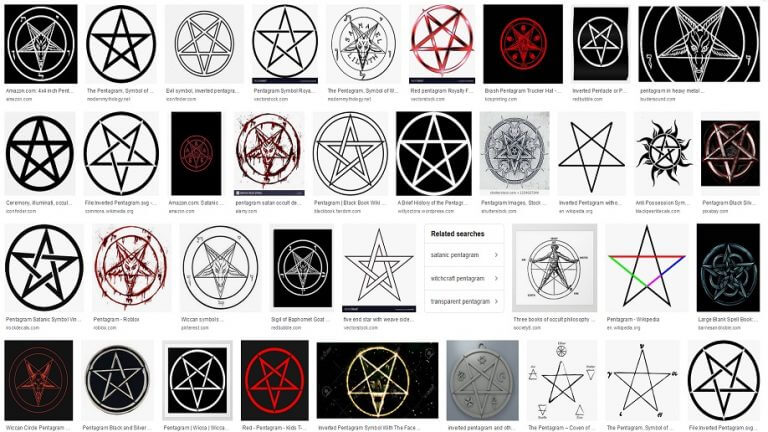THE PENTAGRAM AND THE MAGIC OF LIGHT
Magicians, Mystics, Neo-pagans, and Wiccans of all stripes distinguish their work with the symbol of the pentagram. Although this has been in place for a while, it is obvious the Hermetic Order of the Golden Dawn has incorporated the figure than this group. The pentagram does not only play an important part in the practical functions of our culture but also the classification of all features of Golden Dawn Magic.
The five-pointed star, as it is also known is certainly the well-known representation of magic. It is generally stated that it resembles the figure of a human being- the upper part matches the head while the other four points resemble the legs and outstretched arms. Since the pentagram is attached to the fifth component of Spirit ruling the lower elements of Water, Fire, Earth, and Air, the pentagram demonstrates the essence of the ethereal component crowning and forming the lower physical elements. The arrangement of the Pentagram concerning the other five physical elements is so critical that should the order be reversed i.e., flipping the head of the pentagram, the other matter will reign over the pentagram making it lose its original balance and steadiness.
 At the center of the magic is the spirit. Spirit is the component most closely recognized with the practice of magic. The term ”spirit” is derived from the Latin word spiritus, indicating ”breath.” As it is put in the Neophyte Ritual of the Golden Dawn, “Breath is the evidence of Life.” The air we breathe is identified as the essential component of human life. Deity penetrates every section of our environment, from the tiniest atoms to the biggest stars. It transforms the four primary components and renders the whole of the pentagram bigger than the combination of its parts.
At the center of the magic is the spirit. Spirit is the component most closely recognized with the practice of magic. The term ”spirit” is derived from the Latin word spiritus, indicating ”breath.” As it is put in the Neophyte Ritual of the Golden Dawn, “Breath is the evidence of Life.” The air we breathe is identified as the essential component of human life. Deity penetrates every section of our environment, from the tiniest atoms to the biggest stars. It transforms the four primary components and renders the whole of the pentagram bigger than the combination of its parts.
Besides the long existence of the symbol of the pentagram, the Hermetic Order of the Golden Dawn established the organization of the five components to the five features of the figure in its popular version. Practitioners from various cultures of ceremonial magic mostly use this pentagram order in their ritual practices. Moreover, the different pentagrams that the Golden Dawn established to distinguish specific energies of Water, Air, Fire, and Earth have been embraced by current magicians too. These four major components are not just physical objects, but rather archetypal divisions and energies of nature. They describe the primary divisions of existence and work in addition to the building blocks of everything in the universe. In magic, elemental energies are applied to accomplish transformation in the astral and physical realms.
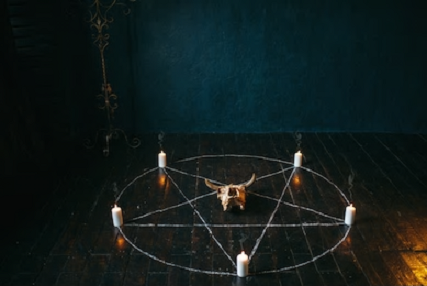 As a newbie in magic works, you need to note that invoking an element entails more than just waving a wand in the air. It demands practice to acquire perfection in the magical arts of projection of willpower, focused visualization, clarity of intention, memorization of traits and correspondences, movement of energy, appropriate vibration of divine names, and words of power as well as other talents. When an accomplished magician draws a pentagram in the space, a portal is formed between the unseen realm of the component in question and the physical world.
As a newbie in magic works, you need to note that invoking an element entails more than just waving a wand in the air. It demands practice to acquire perfection in the magical arts of projection of willpower, focused visualization, clarity of intention, memorization of traits and correspondences, movement of energy, appropriate vibration of divine names, and words of power as well as other talents. When an accomplished magician draws a pentagram in the space, a portal is formed between the unseen realm of the component in question and the physical world.
Nonetheless, the steps for tracing an elemental pentagram are easy to follow. To invoke an element, a magician needs to draw a line towards its identical point on the pentagram. Further, to dismiss or banish the element, the line should be reversed, facing away from the elemental point.
Additionally, the Golden Dawn made Pentagrams particularly to invoke an ethereal element of spirit. In respect to gender polarity, the spirit is known to be androgynous. Yet, its geometry allowed the Golden Dawn to allot two distinct pentagrams to spirit. Of these, one will be for Divine Feminine and the other Divine Masculine. While the latter links the masculine points of Air and Fire on the pentagram, the former links the feminine points of Earth and water. The two basic features of Spirit indicate the two primary classifications in nature that can be compared to the Tin and Yang of Eastern. Employed in combination with the four fundamental elements, Spirit gives the holy spark of life and a mighty stabilizing energy wherein the elemental forces are able to exhibit equality and solidarity.
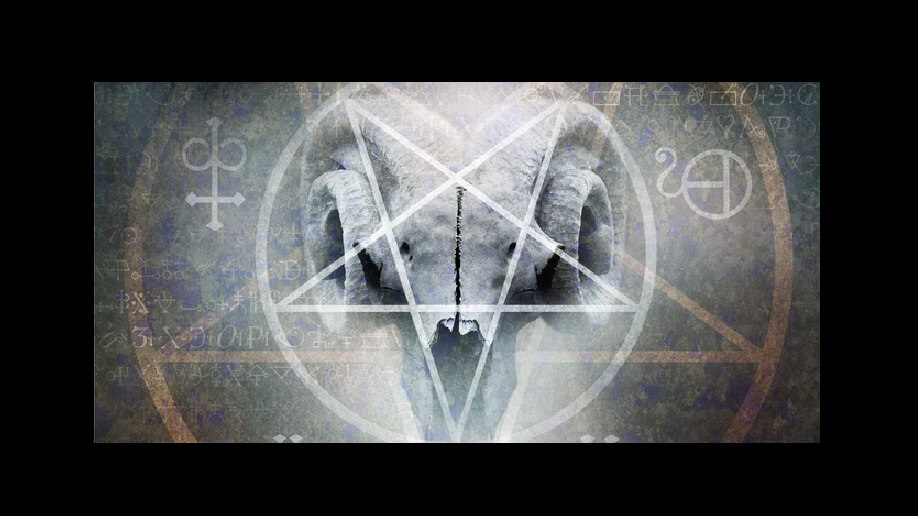 Western magic gives several names to Spirit. The common name is ‘eth’, signifying that the essential Spirit penetrates all of existence from the start to the end. Other names for spirit include Ruach (Spiritus in Latin) meaning ”breath”. The Greek version for the Spirit is pneuma, which signifies characters of permanence, renewal, and divinity.
Western magic gives several names to Spirit. The common name is ‘eth’, signifying that the essential Spirit penetrates all of existence from the start to the end. Other names for spirit include Ruach (Spiritus in Latin) meaning ”breath”. The Greek version for the Spirit is pneuma, which signifies characters of permanence, renewal, and divinity.
One extra name for the spirit that we need to outline is Pentagrammaton, signifying a five-lettered name. This reminds many people of the four-lettered name or Tetragrammaton, which includes the Hebrew letters; Yod Heh Vav Heh. The four letters represent the most powerful name for God. According to them, the name of God is strange and unpronounceable. Furthermore, they are associated with four elements of Water (Heh), Air (Vav), Fire (Yod), and Earth (Heh final). With the addition of the fifth element of Spirit that is given the letter Shin, and added to the midpoint of the Tetragrammaton, the Pentagrammaton is formed. That creates the Qabalistic formula that forming the term ‘Yeheshuah,’ the Hebrew name of Jesus. The name Yeheshuah is pronounced as Yod Heh Shin Vav Heh. Thus, the Pentagrammaton indicates the descend Spirit to the Center of the primary elements that form the corporeal realm, guaranteeing that Deity is the readily available leading life-force of our real world.
It is within the five classifications of practical magic (Water (Heh), Air (Vav), Fire (Yod), Spirit (Shin), and Earth (Heh)) that the magician starts to bring all features of Golden Dawn magic collectively. Everything that the trainee learns as they progressively absorb the schoolings of the system becomes an integral part of the custom toolkit of the Golden Dawn magician. With the application of the pentagram symbol to epitomize the magic of Light, the Golden Dawn puts the Sacred at the center of our culture- a culture that keeps enhancing the spiritual experiences of its practitioners in the contemporary world.


